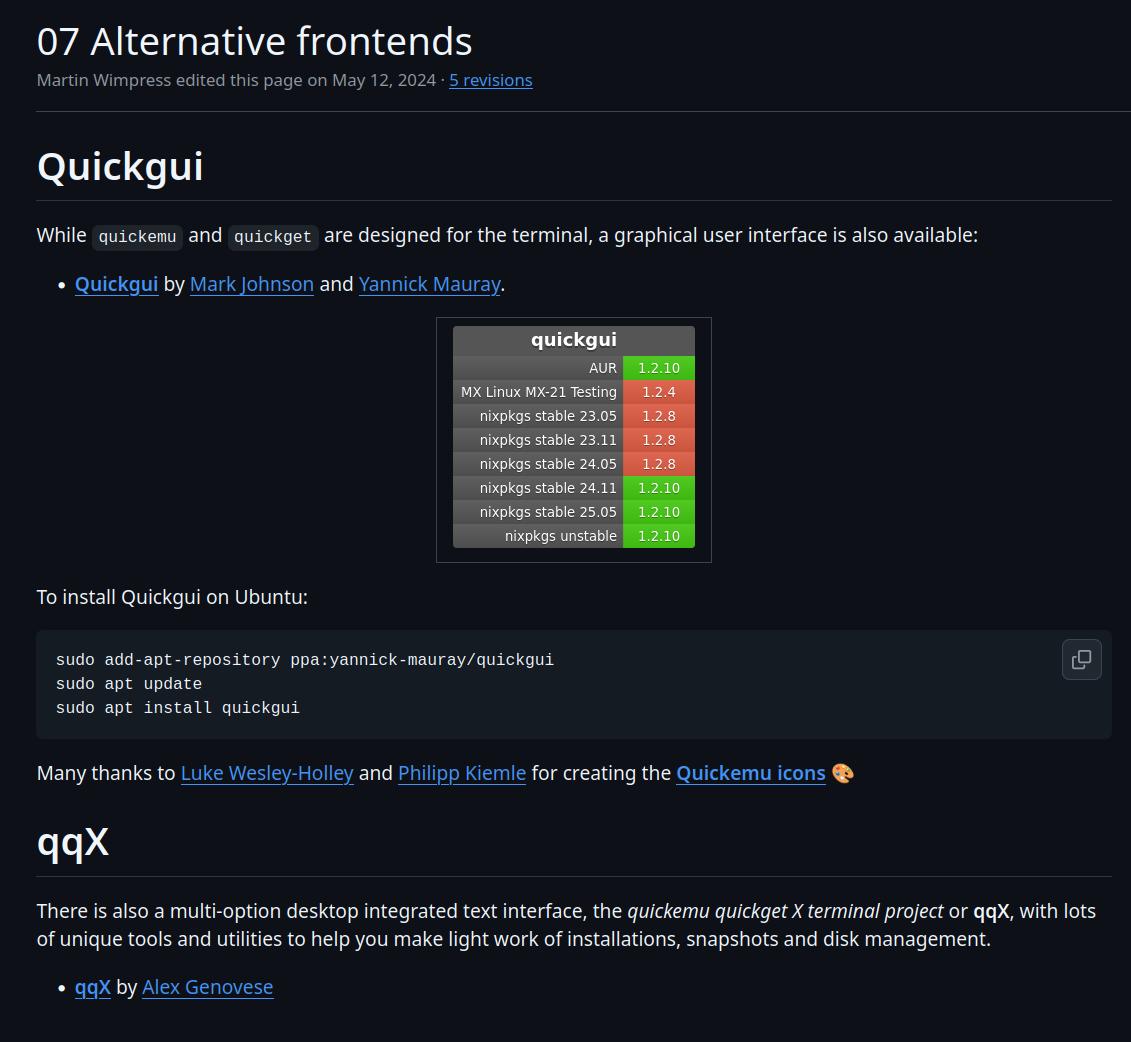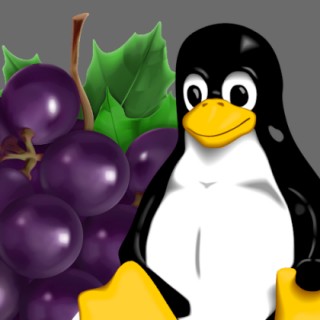About
qqX project
THIS PROJECT IS NOW A FULL SPIN-OFF FROM THE POPULAR QUICKEMU
The original project made a good job of simplifying Qemu, in particular, it had an easy configuration launch system and it made running Windows virtual machines very easy.
But it did have its shortcomings and things that needed fixing:
Alex Genovese started contributing to the Quickemu project back in 2023/24 and managed to push for several code changes.
- A lot was achieved in June 2024. Amongst other things, he pushed for proper Shellcheck linting and helped coerce for other basics, like consistent line indentation. He also pushed for update changes to the Mac runtime and added pre-boot disk health checks.

Yet, people still work at different paces and have different ideas and views on things should be.
In June/July 2025 it became apparent that a more separated structure was needed for the repositories and that a better web presence was required.
- Keeping the qqX project separated means that Alex can develop Qemu features in the direction and pace that he wants things to move.
Alex Genovese
Originally published under the account name TuxVinyards
He lives in a wine growing region of Italy and prefers the Olde English spelling of vine yards ...

Why Bash?
Keeping it Simple
The qqX coding is clear and annotated sufficiently for newcomers to find their feet
-
qqX uses a more modern interpretation of Bash than that used in Quickemu
-
but anything in quickemu can still be easily modded, shaped and improved
QEMU / KVM does all the heavy lifting
-
Much easier for community contributions
-
Much easier to edit and easy to fix
... and Straightforward
qqX follows quickemu's pattern of using human orientated configuration files
- none of the complexities of only having machine readable configurations, as with LibVirt
Requires no special setup as do languages such as Rust, C or Vala
- no potentially steep learning curves
Bash is automatically there on almost every Linux system, directly on the command line.
-
easily integrates with the Linux core utilities and sub-system
-
is more performant than basic Posix Shell
Improving your knowledge of Bash is always time well spent
- Most users already know or can understand at least a little of it.
why 'X' ?
Traditionally Linux has used the X window system from X.org and classically the 'Xterm' command line interface.
Technically speaking, qqX runs in a 'terminal emulator' and can also run with Wayland display systems as well as with 'X'